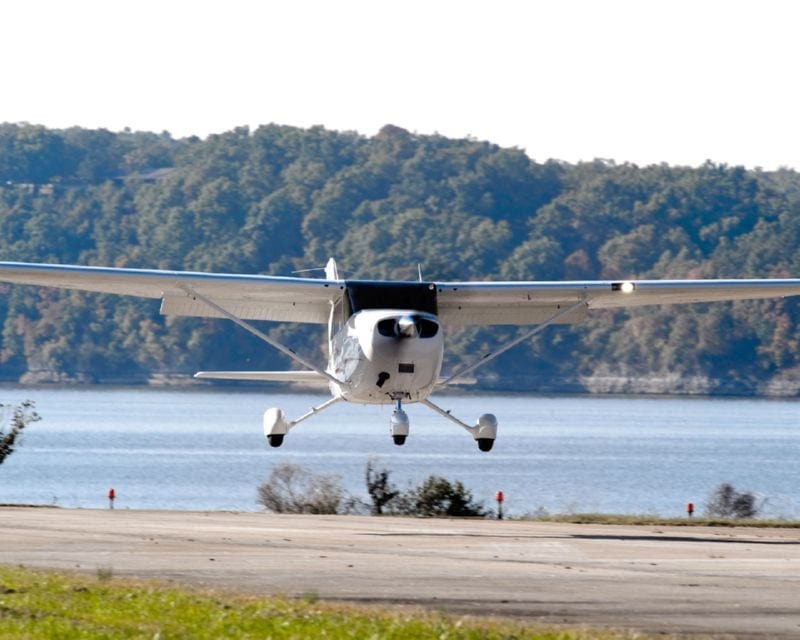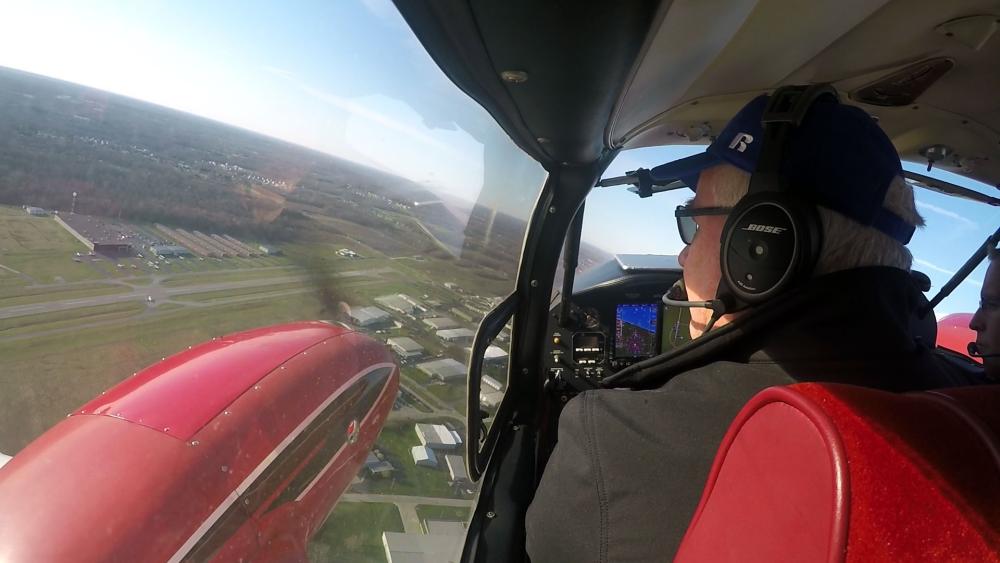Airspace is divided into Controlled, Uncontrolled, Special Use and Other. Airspace designation is determined by considering the density of aircraft, the types of operations, the level of safety required, and the national and public interest. Controlled airspace is generally where ATC service is provided. There are different requirements if the flight is operated under Instrument Flight Rules (IFR) or Visual Flight Rules (VFR). For example, a pilot flying IFR in controlled airspace will have to file an IFR flight plan and receive an ATC clearance. For VFR flight, controlled airspace means increased cloud clearance and visibility requirements. For the VFR pilot flying in B, C, and D airspace, there are communication and/or clearance requirements.

Controlled airspace is divided into:
- Class A - begins at 18,000′ MSL and extends up to and including flight level 600 (60,000′). All operations in Class A must be conducted under IFR, which means you must be instrument rated and equipped.
- Class B - located around airports where there’s a large volume of air traffic, Class B airspace, often compared to an upside down wedding cake in shape, begins at the surface and extends upward to a designated altitude typically 10,000′ MSL.

- Class C - surrounds airports handling a moderate volume of air traffic and resembles a two-layer upside-down wedding cake in shape. It typically extends to 4,000′ AGL.

- Class D - surrounds tower-controlled airports that do not have an associated Class B or C area.

- Class E - controlled airspace that is not included in Classes A, B, C, or D. It extends upward from the surface at some non-towered airports, or up from a floor of either 700′ or 1,200′ AGL.
Uncontrolled airspace is classified as Class G.
For additional details on airspace classifications, see the Pilot's Guide to Airspace available at FlightTrainingCentral.com.






